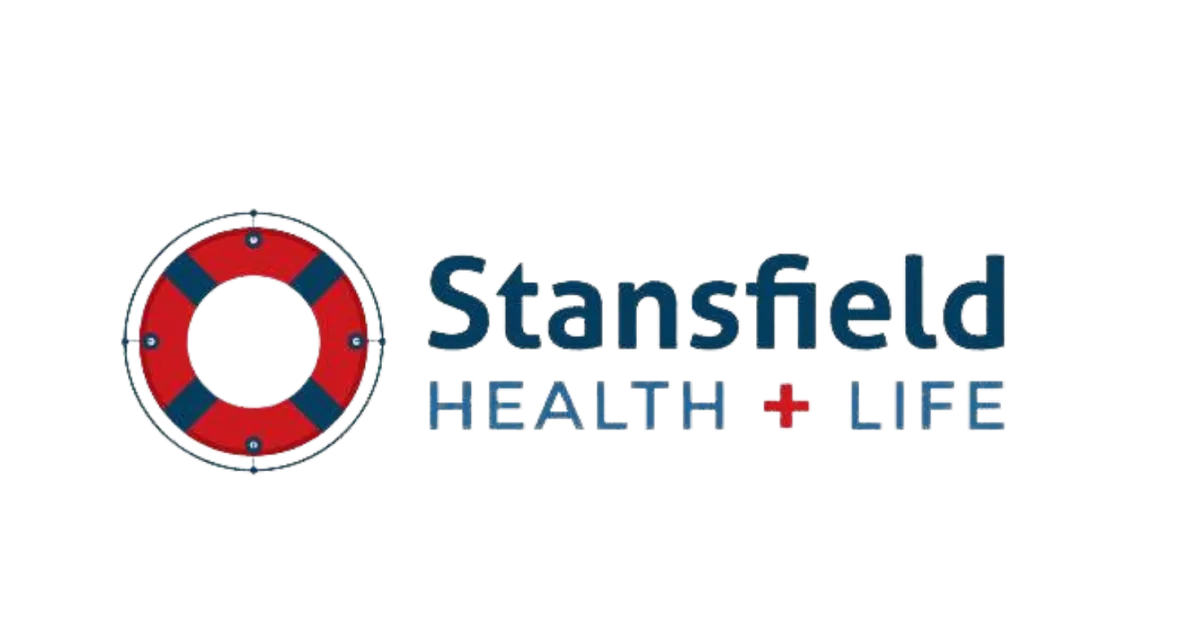
CALL US NOW!
Blog

Decoding Medicare Advantage Plan Star Ratings: What They Mean for You
Navigating the world of Medicare can be daunting, especially when trying to choose the best plan to meet your needs. Among the many aspects to consider, Medicare Advantage Plan Star Ratings stand out as a crucial factor in determining the quality of coverage you’ll receive. But what exactly do these ratings mean, and how should they influence your decision? In this comprehensive guide, we’ll decode Medicare Advantage Plan Star Ratings, explore how they are determined, and explain why they matter so much in your healthcare journey.
What Are Medicare Advantage Plan Star Ratings?
Medicare Advantage Plan Star Ratings are a system used by the Centers for Medicare & Medicaid Services (CMS) to evaluate the performance and quality of Medicare Advantage (MA) plans, including both health maintenance organizations (HMOs) and preferred provider organizations (PPOs). These ratings range from 1 to 5 stars, with 5 stars representing the highest level of quality and performance.
Key Metrics Behind the Star Ratings
The CMS calculates these ratings based on various metrics that reflect the overall quality of care and service provided by the plan. Some of the key factors include:
Member Experience: How satisfied are plan members with their coverage and services?
Customer Service: How effectively does the plan handle member requests, complaints, and appeals?
Clinical Outcomes: How well does the plan perform in managing chronic conditions, preventive care, and health screenings?
Plan Responsiveness: How quickly and accurately does the plan address issues and concerns?
Why Star Ratings Matter
For beneficiaries, these star ratings serve as a vital tool in comparing different Medicare Advantage plans. Higher-rated plans are generally associated with better member satisfaction, improved health outcomes, and more reliable customer service. Moreover, plans with 5-star ratings may offer additional enrollment opportunities, known as the Special Enrollment Period (SEP), allowing members to switch to a top-rated plan even outside the standard enrollment windows.
How Medicare Advantage Plan Star Ratings Are Determined
The process of determining star ratings is intricate, involving both qualitative and quantitative assessments. CMS gathers data from various sources, including plan performance reports, member surveys, and information from healthcare providers. This data is then used to evaluate the plan’s performance across multiple domains.
The Five-Star Rating Scale
The star ratings are awarded on a scale of 1 to 5, with each star representing a specific level of performance:
1 Star: Poor performance, significantly below average.
2 Stars: Below average performance, with several areas needing improvement.
3 Stars: Average performance, meeting most benchmarks but with room for improvement.
4 Stars: Above average performance, meeting or exceeding most benchmarks.
5 Stars: Excellent performance, consistently meeting or exceeding all benchmarks.
Domains of Measurement
The CMS evaluates Medicare Advantage plans across five main domains:
Staying Healthy: Focuses on preventive services such as screenings, vaccines, and other health maintenance activities.
Managing Chronic Conditions: Assesses how well the plan helps members manage ongoing health issues like diabetes, heart disease, and high blood pressure.
Member Experience: Measures member satisfaction with the plan’s services, including access to care and ease of getting appointments.
Member Complaints and Changes in the Health Plan’s Performance: Tracks complaints, disenrollments, and how well the plan has improved (or declined) over time.
Customer Service: Evaluates how well the plan handles appeals, grievances, and member inquiries.
Data Sources for Star Ratings
To ensure the accuracy and reliability of the star ratings, CMS utilizes multiple data sources, including:
Health Outcomes Survey (HOS): Gathers feedback directly from plan members about their health status and care experience.
Consumer Assessment of Healthcare Providers and Systems (CAHPS): A survey measuring member satisfaction with their healthcare services and providers.
HEDIS (Healthcare Effectiveness Data and Information Set): Tracks the plan’s effectiveness in providing preventive care and managing chronic conditions.
CMS Administrative Data: Includes information on plan audits, compliance, and member complaints.
The Impact of Medicare Advantage Plan Star Ratings on Beneficiaries
Understanding how Medicare Advantage Plan Star Ratings impact you as a beneficiary is crucial for making informed decisions about your healthcare coverage. Here’s how these ratings can influence your experience with a Medicare Advantage plan.
Access to Better Plans
Plans with higher star ratings are more likely to offer better benefits, such as lower out-of-pocket costs, broader networks of providers, and additional services like dental and vision coverage. These plans often have higher member satisfaction rates and better overall care quality, making them a preferred choice for many beneficiaries.
Special Enrollment Opportunities
If a Medicare Advantage plan receives a 5-star rating, CMS allows for a Special Enrollment Period (SEP) that lets you switch to this top-rated plan at any time during the year, outside of the standard Annual Enrollment Period (AEP). This flexibility can be particularly advantageous if you’re not satisfied with your current plan and want to move to a higher-quality option.
Financial Incentives and Rebates
High-performing plans may receive additional financial incentives from CMS, which can be used to enhance member benefits. For instance, plans with a 4-star rating or higher may receive bonus payments that can be passed on to members in the form of reduced premiums or additional benefits. Conversely, plans with lower ratings might not receive these bonuses, potentially resulting in higher costs or fewer benefits for members.
Quality of Care
Star ratings are a strong indicator of the quality of care you can expect to receive. Higher-rated plans are more likely to excel in areas such as preventive care, chronic disease management, and overall member satisfaction. This translates to better health outcomes and a more positive experience for you as a beneficiary.
How to Use Star Ratings When Choosing a Medicare Advantage Plan
Given the importance of star ratings, it’s essential to consider them carefully when selecting a Medicare Advantage plan. Here’s a step-by-step guide to help you make the most informed decision.
Step 1: Research Available Plans
Start by researching the Medicare Advantage plans available in your area. You can use the Medicare Plan Finder tool on the official Medicare website to compare plans based on their star ratings, benefits, and costs.
Step 2: Compare Star Ratings
Once you’ve identified the plans in your area, compare their star ratings. Focus on plans with ratings of 4 stars or higher, as these are more likely to offer better benefits and higher-quality care. However, don’t disregard lower-rated plans outright—consider the specific areas where they excel or fall short.
Step 3: Evaluate Your Personal Needs
Consider your healthcare needs when evaluating star ratings. For example, if you have a chronic condition, you might prioritize plans that perform well in the “Managing Chronic Conditions” domain. Similarly, if you value customer service, look for plans with high ratings in the “Customer Service” category.
Step 4: Look Beyond the Stars
While star ratings are a valuable tool, they shouldn’t be the sole factor in your decision. Consider other aspects of the plan, such as the network of providers, prescription drug coverage, and out-of-pocket costs. It’s also a good idea to read member reviews and speak with a licensed insurance agent to get a more comprehensive view of the plan’s performance.
Step 5: Take Advantage of Special Enrollment
If you find a 5-star plan that meets your needs, don’t hesitate to take advantage of the Special Enrollment Period. This opportunity allows you to switch to a top-rated plan without waiting for the Annual Enrollment Period, ensuring you get the best possible coverage as soon as possible.
Common Misconceptions About Medicare Advantage Plan Star Ratings
Despite their importance, there are several misconceptions about Medicare Advantage Plan Star Ratings that can lead to confusion. Let’s address some of the most common myths and set the record straight.
Myth 1: Star Ratings Are the Only Factor That Matters
While star ratings are a critical component of choosing a Medicare Advantage plan, they are not the only factor to consider. Your personal healthcare needs, budget, and preferences should also play a significant role in your decision-making process. Star ratings provide a general overview of plan quality but may not reflect every aspect of your experience with a plan.
Myth 2: All High-Rated Plans Are the Same
Not all 4-star or 5-star plans are identical. Each plan may excel in different areas, so it’s important to look at the specific domains where a plan performs well. For example, one plan might have excellent customer service but average clinical outcomes, while another plan could excel in managing chronic conditions but have average member experience ratings.
Myth 3: Star Ratings Don’t Change
Star ratings are not static; they can change from year to year based on the plan’s performance. A plan that was rated 4 stars last year might improve to 5 stars or drop to 3 stars this year. It’s essential to review the most current ratings each year to ensure you’re making an informed choice.
Myth 4: Lower-Rated Plans Are Always Inferior
While higher-rated plans generally offer better quality, some lower-rated plans may still provide excellent value depending on your specific needs. For example, a 3-star plan might have a more affordable premium or a better network of providers in your area. It’s important to weigh all factors, including cost and coverage options, before making a decision.
Making the Most of Medicare Advantage Plan Star Ratings
Medicare Advantage Plan Star Ratings are a powerful tool for evaluating the quality and performance of different plans. By understanding what these ratings mean and how they are determined, you can make more informed decisions about your healthcare coverage. Remember to consider both the star ratings and your personal healthcare needs when selecting a plan, and don’t hesitate to take advantage of Special Enrollment opportunities if a high-rated plan becomes available.
Book Your “No Obligation” Consultation from
a local Medicare Insurance Plan Specialist.
Attend our “live” local Medicare
Education Workshop
Disclaimer: Medicare has neither reviewed nor endorsed this information. We’re not connected with or endorsed by the United States government or the federal Medicare program. We do not offer every plan available in your area. Any information we provide is limited to those plans we do offer in your area. Please contact Medicare.gov or 1-800-MEDICARE to get information on all your options.
Stansfield Health and Life © Copyright 2023
Website design and Marketing by LaunchpadPro
